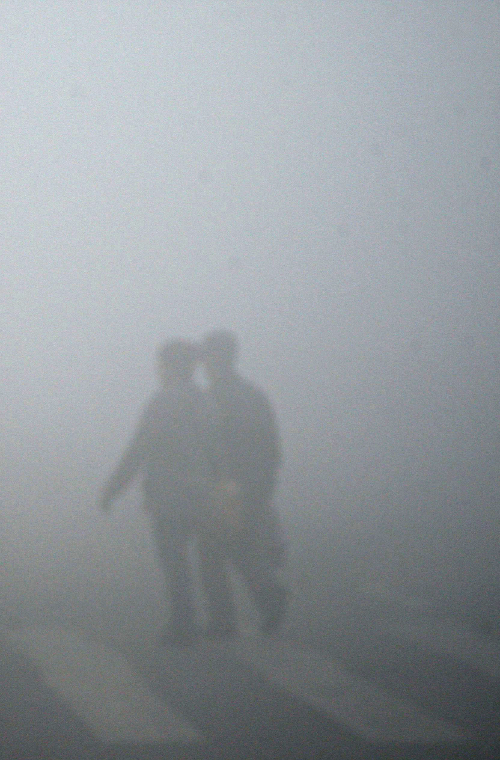Smog swamps body with radical risks
 Smoggy, polluted and otherwise dirty air is well known to carry some serious health risks, but Australian scientists have for the first time got a glimpse of what might be happening at the molecular level.
Smoggy, polluted and otherwise dirty air is well known to carry some serious health risks, but Australian scientists have for the first time got a glimpse of what might be happening at the molecular level.
Experts from various universities have conducted a study examining how ozone reacts with models of lung proteins.
Smog is made up of ozone – an invisible gas and a well-known air pollutant made up of three oxygen atoms.
Ozone is also the pollutant that leaves a distinctive smell in the air after using a photocopier.
Using a mass spectrometer, the research team was able to introduce the amino acid cysteine – a component of lung proteins – with ozone molecules in a highly-controlled, near-vacuum environment.
The effect was instant, or in scientific terms, close to the “collision rate”.
“We observed that the cysteine became ‘radicalised’ in the presence of ozone,” said University of Melbourne researcher Professor Richard O’Hair.
“No one had really noticed that you can form free radicals in the reaction of proteins with ozone, and since these are highly reactive species, you don’t want them around.
“Free radicals can unleash fury and cause many chemical transformations.
“If they get out of control, they can just chew through a system and destroy it. For example, free radical damage is thought to play a key role in heart disease and some cancers.
“So when free radicals are formed in the body, such as the lining of the lung, damage occurs, that may ultimately result in inflammation and breathing difficulties.”
The research pushes forward the understanding of the molecular effect of ozone on proteins.
But because the tests were conducted in an artificial environment, more work needs to be done to confirm the creation of protein free radicals in lungs and link their effects on human lung physiology.
Professor O’Hair hopes the research inspires fellow scientists to build on the findings.
Associated research will be of the most benefit to those with asthma, other respiratory illnesses or the young and the elderly who are most susceptible to smog.
“If there is free radical damage to lung proteins, it’s unlikely to be reversible, so you won’t be able to design a magic-bullet drug to undo the damage,” Professor O’Hair said.
“Ozone is the result of pollution. So the message has to go out that we need to be proactive on reducing smog levels and pollution.”








 Print
Print